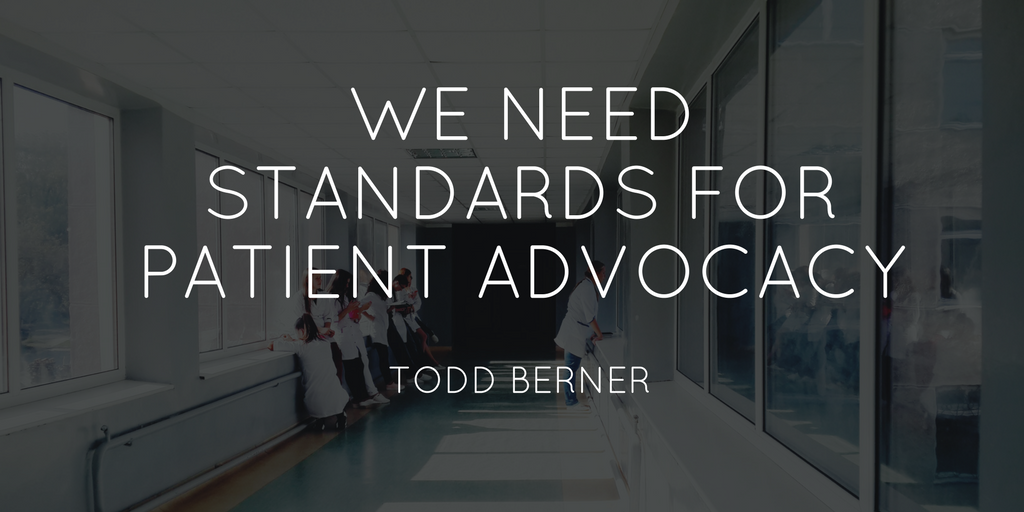Given the expense associated with healthcare in the United States, it is not surprising that many patients are becoming more active than ever when it comes to their health. Price shopping for plans has become commonplace, as has the use of technology to better monitor health. This is a great trend for carers trying to ensure that patients are taking an active role in their well-being, but many care centers have not yet adapted to these new trends.
The shift in the healthcare dynamic is centered around the concept of experience. If a patient receives good treatment, they are more likely to return to a carer. However, organizations have dragged their feet when it comes to actually learning what patients want. As a result, there is a significant discrepancy in what patients are looking for and what organizations actually provide.
The ideal would be to set standards for gathering patient feedback, so that organizations have a starting point for collecting this information. However, this would certainly warrant a great deal of discussion—so until then, providers should strive to provide a mix of options to best reach out. If you are part of a health organization looking to factor patient experience into your operation, consider reevaluating the way you gather patient data.
The first method is one of the best and most obvious—the humble patient satisfaction survey. There are already some standards set in place here, as any organization receiving CMS reimbursement must have their patients complete the Consumer Assessment of Healthcare Providers survey. What they proceed to do with this information is then up to them, and a savvy organization may provide other questionnaires in addition to this in order to gain more actionable information specific to their goals and concerns.
Multiple measures can also help control for patient mood; if an individual has recently left care and is in pain or otherwise recovering, they may be less inclined to provide helpful or favorable feedback than if polled further down the line. An important part of feedback is providing them with an open channel of communication that they can use to give an organization their thoughts when they feel comfortable doing so. Multiple reviews can allow organizations to cross-reference results and obtain a more accurate picture of how to better serve them.
Similarly, no organization should shy away from criticism, and patient complaints can be just as informative as their praise. Be careful in the way you frame questions; you don’t want to push them to either positive or negative comments. Conversations should be open-ended and accurately gauge the severity of complaints if able. Issues with the quality of care received should take priority, though it should be noted that a poor experience, even with good care, can permanently alter patient perceptions. Any criticism is worth taking into account, recurring issues even more so.
Care providers should also work to strive to integrate the opinions of other relevant organizations. Patient and family Advisory Councils (PACS) are a great moderating influence on carer decisions. The best PACs are homegrown, with a care provider actively recruiting a group of patients and caregivers that will work well together to process feedback. PACs can be tapped to assess the viability of projects meant to improve the patient experience, as well as to spread awareness of the organization. With their feedback, carers are more likely to prioritize patient experience and move toward better standards.
Patient advocacy is still a growing field, and one that many care providers have struggled with. In the future, expect to see more of an emphasis placed on patient feedback, and perhaps even standards for engaging with patients. However, it’s great to see more organizations embracing patient advocacy, and helping to ease the often-stressful recovery process for many.
